Information summaries are provided for each vaccine currently routinely recommended for children, adolescents, adults, and pregnant women in the United States, along with the diseases they prevent. Each summary begins with a box summarizing the Recommendations from the Advisory Committee on Immunization Practices (ACIP), organized by age groups (infants, children, adolescents, and adults).
The next box summarizes the Important Information for Obstetric Providers. This box is color-coded to make it easy to distinguish which vaccines are routinely recommended during pregnancy from those not routinely recommended during pregnancy and those contraindicated during pregnancy.
The summaries then describe the causes, manifestations and burden of disease, followed by pertinent information on the available vaccine(s) and their contraindications and precautions[1], effectiveness/efficacy, and safety. Our emphasis is on vaccine effectiveness rather than efficacy when such data are available, as effectiveness reflects the performance of the vaccine in actual use (rather than a clinical study) and is most relevant to patients. Also provided are talking points that may be used with patients or their family members. These summaries are intended to assist in having discussions with patients or parents about the vaccines they or their children may receive.
These summaries predominantly rely on the published recommendations from the Advisory Committee on Immunization Practices (ACIP). Each summary begins with the recommendations from the ACIP, a committee of 15 experts which advises the Centers for Disease Control and Prevention (CDC) and issues comprehensive statements on the use of individual vaccines, including information on the burden of the disease the vaccine prevents, vaccine effectiveness, vaccine safety, indications, precautions, contraindications, and other critical information. The ACIP individual vaccine recommendations can be accessed at the following website: https://www.cdc.gov/acip-recs/hcp/vaccine-specific .
These summaries also benefit from the information provided in the CDC textbook entitled Epidemiology and Prevention of Vaccine-Preventable Diseases, also known as the “Pink Book” [7]. This textbook can be accessed at the following website: https://www.cdc.gov/pinkbook/hcp/table-of-contents.
The American College of Obstetricians and Gynecologists (ACOG) sets the standards for practice for obstetricians and gynecologists. ACOG provides immunization news, information, resources, and tools for obstetric providers and patients on their website: https://www.acog.org/womens-health/infographics/vaccines-during-pregnancy. ACOG also runs an external site to provide ob-gyns and their patients with a central, trusted source of up-to-date information on seasonal flu and other vaccine-preventable diseases, including immunization facts and safety, immunization schedules, clinical and practice management guidelines, and links to other reliable immunization resources. This can be found at the following website: http://www.immunizationforwomen.org/.
The CDC’s Recommended Adult Immunization Schedule includes recommendations for vaccines by age group as well as by underlying condition including pregnancy status. This schedule can be accessed at the following website: http://www.cdc.gov/vaccines/schedules/hcp/ adult.html. The CDC also lists their guidelines for vaccinating during pregnancy at the following website: https://www.cdc.gov/vaccines-pregnancy. The recommended adult immunization schedule has been approved by ACIP, ACOG, the American Academy of Family Physicians (AAFP), the American College of Physicians (ACP), and the American College of Nurse-Midwives (ACNM).
The CDC’s Recommended Immunization Schedule for Children and Adolescents can be accessed at the following website: https://www.cdc.gov/vaccines/hcp/imz-schedules/child-adolescent-age.html. These schedules have been approved by ACIP, ACOG, AAFP, and the American Academy of Pediatrics (AAP).
The Community Preventive Services Task Force (CPSTF) has reviewed many evidence-based strategies for increasing vaccination rates. Their findings can be accessed at the following website: https://www.thecommunityguide.org/topic/vaccination.
There are some special circumstances for immunization for international travel that are not necessarily covered in this book. The CDC provides information on vaccinating for international travel at the following website: https://wwwnc.cdc.gov/travel.
[1] Definitions of contraindications and precautions from Chapter 2 of the Pink Book (Epidemiology and Prevention of Vaccine-Preventable Diseases): “Contraindications and precautions to vaccination generally dictate circumstances when vaccines will not be given. Many contraindications and precautions are temporary, and the vaccine can be given at a later time. A contraindication is a condition that increases the likelihood of a serious adverse reaction to a vaccine for a patient with that condition… In general, vaccines should not be administered when a contraindication condition is present. A precaution is a condition in a recipient that might increase the chance or severity of a serious adverse reaction, or that might compromise the ability of the vaccine to produce immunity… In general, vaccines are deferred when a precaution condition is present. However, situations may arise when the benefit of protection from the vaccine outweighs the risk of an adverse reaction, and a provider may decide to give the vaccine.”

